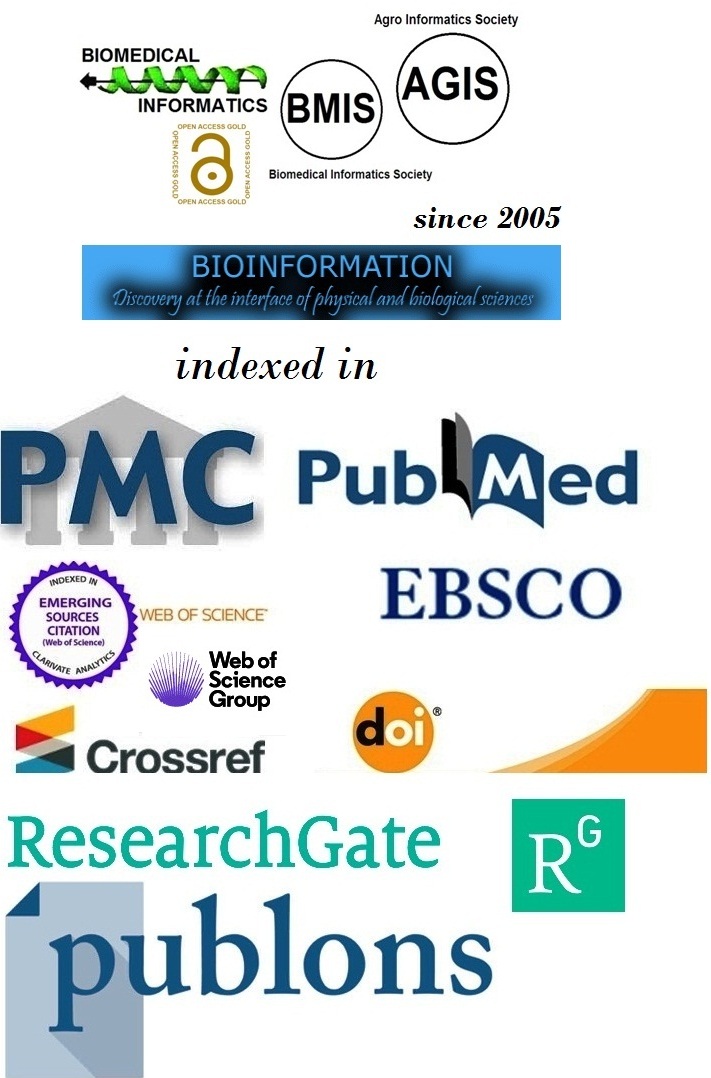Title
An overview on H5N1 virus: Recent outbreaks and challenges
Authors
Atul Rukadikar1, Shruti Dalpatbhai Kalola2, Srushti J Bhoraniya3, Komal Ravi Thaker4 & Charushila Rukadikar5,*
Affiliation
1Department Microbiology, All India Institute of Medical Sciences, Gorakhpur, Uttar Pradesh, India; 2Department of Health, CHC Dhrol-Jamnagar, Gujarat, India; 3Department of Health, PHC Lajai-Morbi, Gujarat, India; 4Department of Anesthesiology, Medical Science and Research, Dharmasinh Desai University, Nadiad, Gujarat, India; 5Department Physiology, All India Institute of Medical Sciences, Gorakhpur, Uttar Pradesh, India; *Corresponding author
Atul Rukadikar - E - mail: atulruks@gmail.com
Shruti Dalpatbhai Kalola - E - mail: shrutikalola0@gmail.com
Srushti J Bhoraniya - E - mail: shrushtibhoraniya@gmail.com
Komal Ravi Thaker - E - mail: komal.soni87@yahoo.co.in
Charushila Rukadikar - E - mail: Charuruks11@gmail.com
Article Type
View
Date
Received March 1, 2025; Revised March 31, 2025; Accepted March 31, 2025, Published March 31, 2025
Abstract
Avian influenza - A (H5N1) is a type of virus that causes highly infectious, severe respiratory influenza disease in birds. It also infects mammals rising concerns about its re-assortment and increased virulence. New strains with mutations have been making the virus more pathogenic. The more likely source for disease outbreak is from dairy cows or chickens that are infected. This presents a considerable source of economic detriment for both agricultural producers and the food industry. Hence, a concise overview on H5N1 to enhance the understanding of its infection for adequate disease combat and management is relevant.
Keywords
H5N1 virus, case fatality rate, fatalities, western pacific region, significance
Citation
Rukadikar et al. Bioinformation 21(3): 544-548 (2025)
Edited by
Neelam Goyal & Shruti Dabi
ISSN
0973-2063
Publisher
License
This is an Open Access article which permits unrestricted use, distribution, and reproduction in any medium, provided the original work is properly credited. This is distributed under the terms of the Creative Commons Attribution License.
